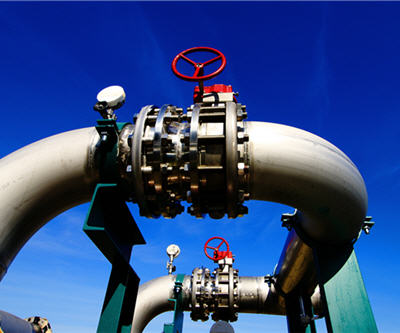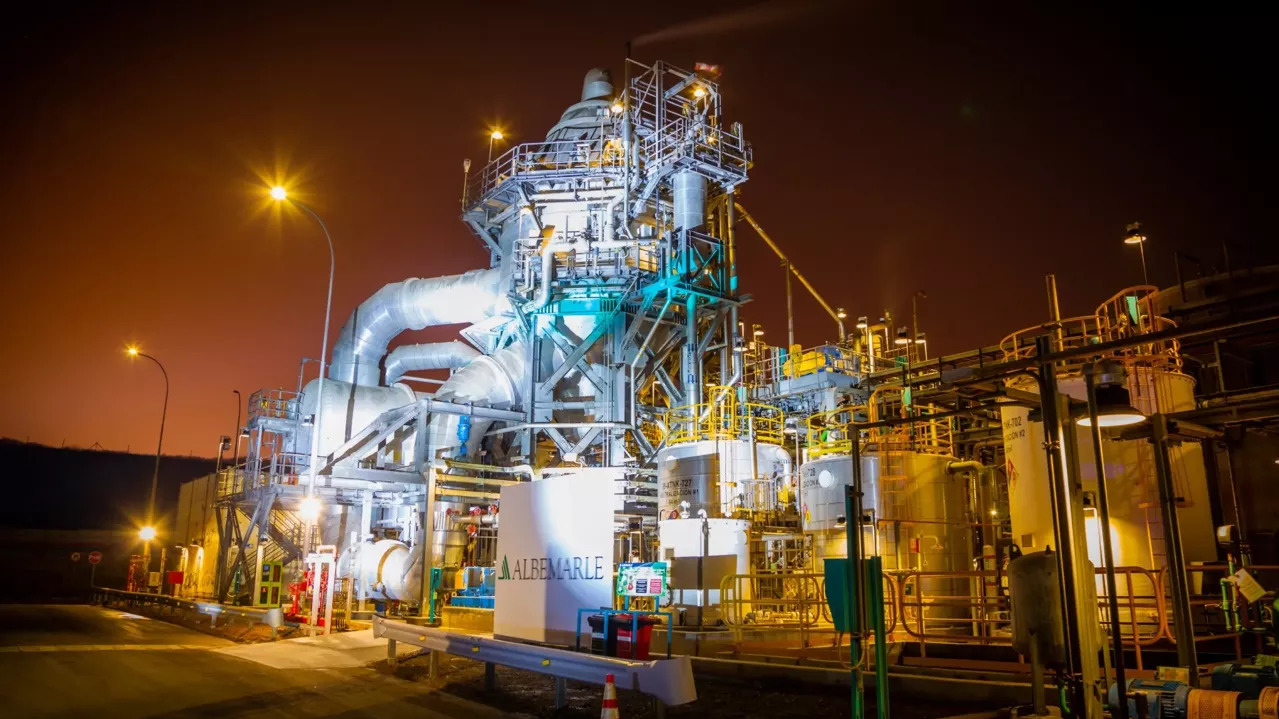Exxon oil spill in Arkansas bad news for Keystone XL

On Saturday the Exxon Mobil ‘Pegasus’ pipeline carrying Canadian crude oil through Mayflower, Arkansas ruptured, spilling thousands of barrels of oil into a housing subdivision.
Cleanup efforts that began Saturday continue today.
Exxon spokesman Charles Engelmann did not commit to a date for excavation of the area, which is a necessary process in determining how and why the rupture occurred, the Chicago Tribune reported earlier today. As a result there is no word on when the pipeline will be fixed and restarted.
Most oil pipelines running through the United States were built after the Second World War, during the 1950s and 1960s. The Pegasus pipeline is among a smaller number of pre-war pipeline from the 1940s.
The timing of the spill could not be worse for supporters of the proposed Keystone XL pipeline, which would allow roughly 700,000 gallons of oil daily to reach Texas oil refineries from the Alberta oil sands.
President Obama, who has the final say on Keystone, is taking his time to decide.
Early in March the US State Department released a report which found minimal environmental risk in the proposed plan.
But the tide may now be turning against Keystone as the president stated publicly a couple of weeks ago that the economic benefits of the plan were being “exaggerated.”
The Arkansas spill has already provided much fodder for US congressmen and environmental groups opposed to Keystone.
Sources: Reuters, The Toronto Sun, The Chicago Tribune
More News
Albemarle wraps up validation of lithium pilot plant in Chile
Lithium recovery exceeded 94% during stable operation.
December 10, 2025 | 03:51 pm
{{ commodity.name }}
{{ post.title }}
{{ post.date }}




Comments